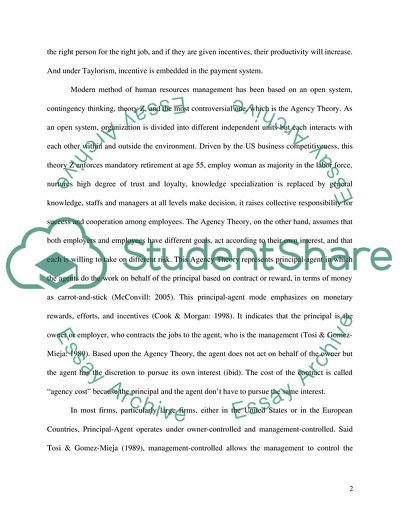Cite this document
(The Agency Theory & vs. the Taylorism of Merit Pay Article, n.d.)
The Agency Theory & vs. the Taylorism of Merit Pay Article. Retrieved from https://studentshare.org/social-science/1730366-hr-management
The Agency Theory & vs. the Taylorism of Merit Pay Article. Retrieved from https://studentshare.org/social-science/1730366-hr-management
(The Agency Theory & Vs. The Taylorism of Merit Pay Article)
The Agency Theory & Vs. The Taylorism of Merit Pay Article. https://studentshare.org/social-science/1730366-hr-management.
The Agency Theory & Vs. The Taylorism of Merit Pay Article. https://studentshare.org/social-science/1730366-hr-management.
“The Agency Theory & Vs. The Taylorism of Merit Pay Article”, n.d. https://studentshare.org/social-science/1730366-hr-management.


